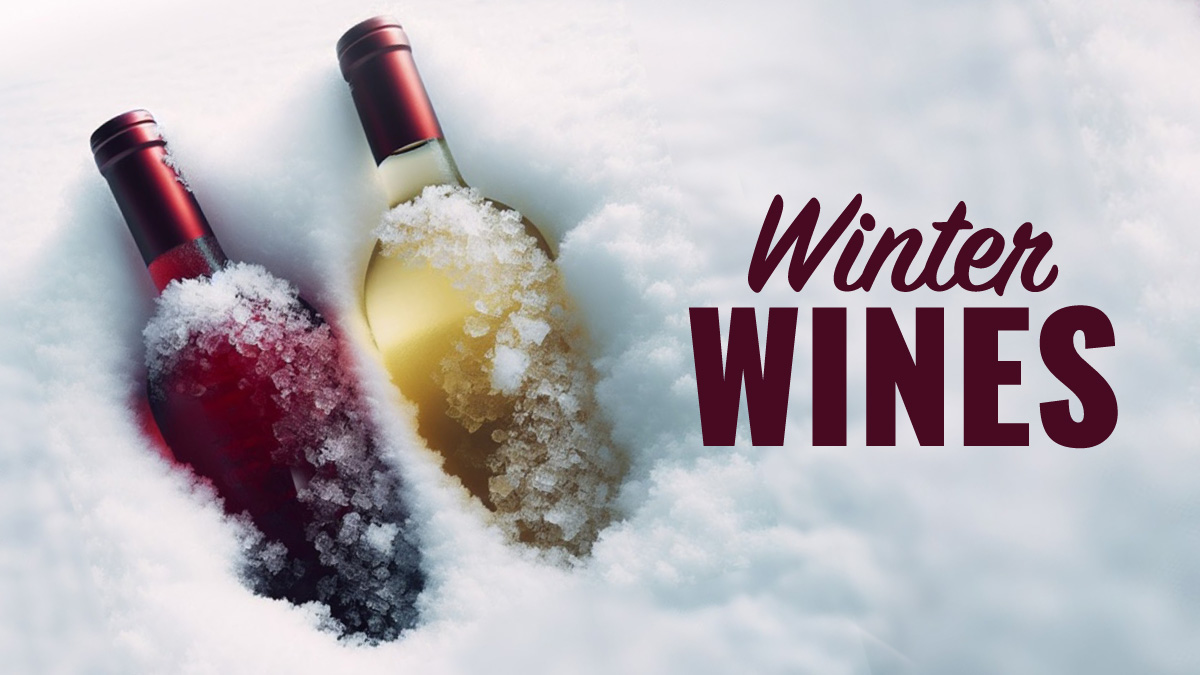
When you think about saké you probably think about Japan and rice, and you’d be correct on both counts. Saké, the oldest known spirit in the world, is often incorrectly referred to as rice wine. Rice wine, like Western wine with grapes, is made from the fermentation of rice. While saké is indeed made from rice, it goes through a brewing process where starch is converted to alcohol much like how beer is brewed, although the ABV is sustainably higher than either beer or wine.
How Is Saké Made?
Brewing saké is a rather laborious two-step process. First, the rice is polished which means it’s milled to remove the unwanted outer layers of the rice grain. Then it is washed and air dried before being steamed. After the rice is streamed, Koji is kneaded into the rice. Koji is referred to as the national mold of Japan and has been a culinary mainstay in Asia for centuries. Koji helps convert rice starch into sugar that will eventually be turned into alcohol.
The next stage is fermentation and it lasts 25 to 30 days depending on the type of saké being made. Brewers pay close attention and adjust temperature and ingredients as needed. Finally, the rice mash is pressed, and the resulting liquid is bottled as saké.
What Does Saké Taste Like?
The taste and fragrance of saké is unlike anything else, and a novice drinker should try several different types to find one they like. To know what you’re looking at, it’s important to read the label as this will provide the information needed to determine what kind of saké it is. Fresh saké is best for beginners, as matured saké, koshu, is stronger and not as smooth as fresh saké.
When drinking saké, the traditional toast you’ll hear is “Kampi!” which translated literally means “dry cup” and is the Japanese word for “cheers!”
Unlike wine, saké does not improve with age, so it’s best to drink it within 2 hours of opening and within a week of purchase. If you choose not to finish a bottle of saké, you should refrigerate it and finish it within two days.
Check out our saké recommendations and get started on your own path to becoming a saké connoisseur!
Otokoyama Tokubetsu Junmai
This well balanced saké goes well with food and features a robust rice flavor that is excellent warm.
Gekkeikan
A common brand of saké making up ¼ of the US saké market. The Japanese brewery is one of the oldest companies in the world.
Tozai
If you enjoy velvety and smooth fruity flavor varieties, you’ll enjoy Tozai sake. The most popular flavor is the Snow Maiden cloud sake’ which is chewy and thick but dry.
Ginga Shizuku Divine Droplets Junmai Daiginjo
This producer goes to phenomenal lengths to produce the cleanest sake possible. You’ll find a complex nose that offers saline, herbal and spicy notes, with a minty coolness.
Yuki No Bosha Junmai Ginjo
A truly superb sake that has heaps of ripe fruit tones including strawberries and mangos that dance in a silky and clean flow across the palate.
Shichi Hon Yari Junmai
An excellent saké made even better when gently warmed. Made at one of the oldest and smallest breweries in Japan.
Kampi!




